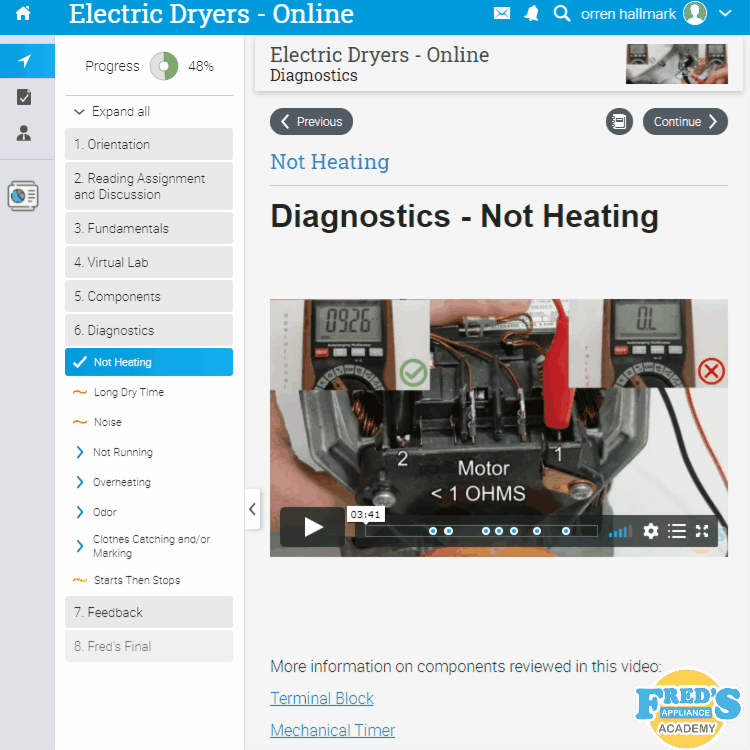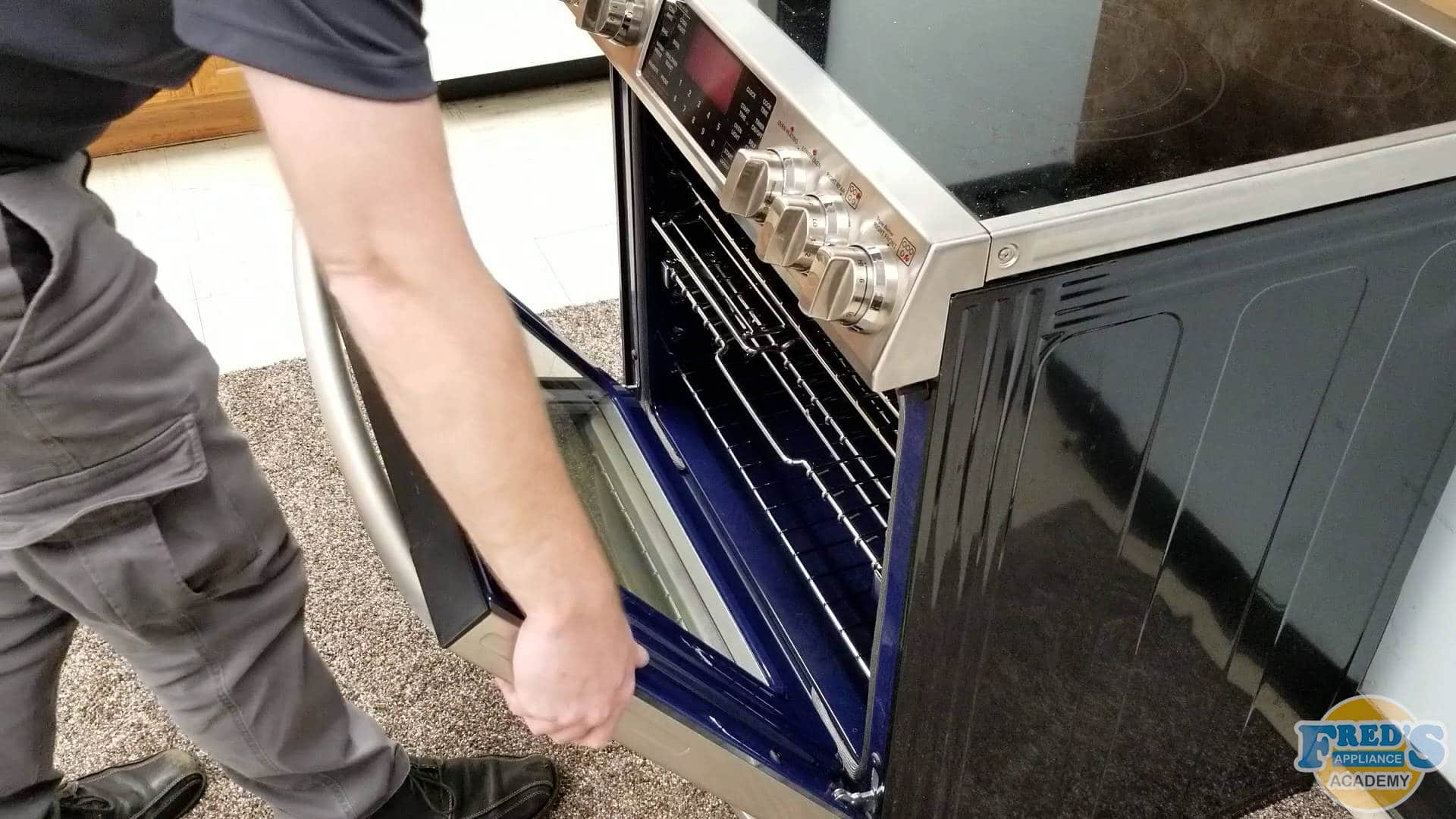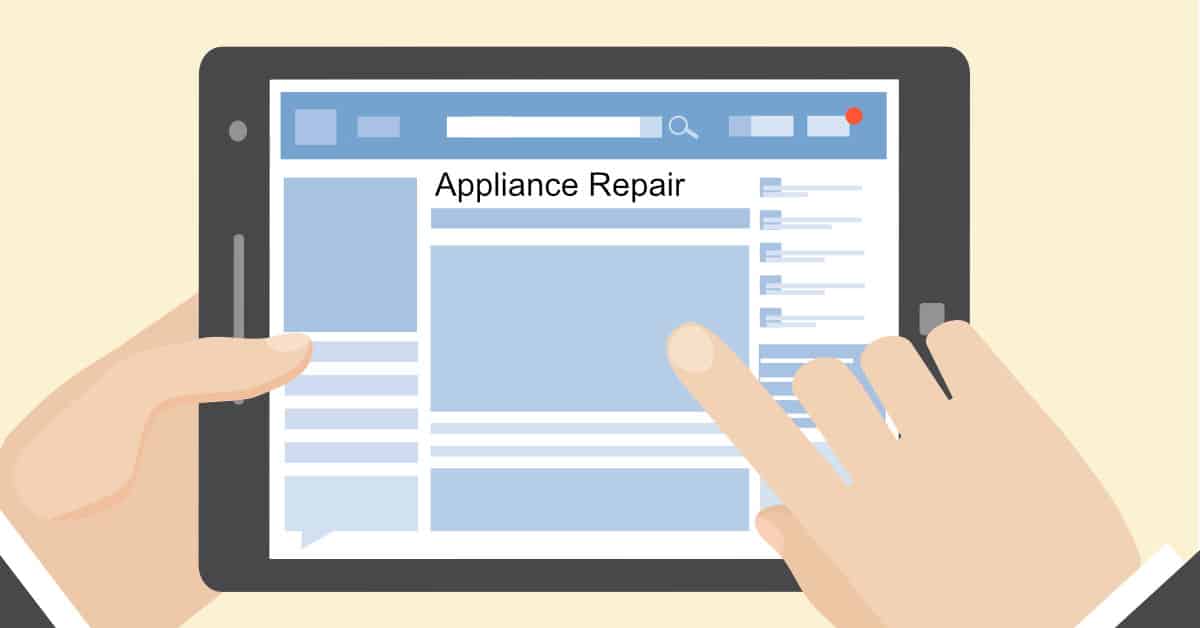
When most people think about building their brand reputation through online reviews, they get caught up in the simple line between positive or negative reviews. Positive reviews with ‘thumbs up’ or a high star count are good and negative reviews are bad. However, in the real world, reputation is more complicated than that. It’s not just about whether customers like your products or rate your services highly. It’s also about whether they trust your brand and, very importantly, whether they trust the reviews you’re getting
The Power of Diverse Customer Reviews
Because the thing here is that reviews aren’t actually -for- you or your brand. Sure, they have a huge impact on your reputation and future sales. But customers don’t write reviews for you (most of the time). They write them for each other. This creates a human variance of what each person wants to share. One might say that your product made their kid happy, another might describe the entire box opening and setup experience. Another might post pictures of the review. Some reviews are long, some are short. Some are all positive, some comment on both the pros and cons of your product
But the key is that they are diverse, and modern customers have come to expect that. Really, each different type of customer review has a unique value to you and to your future customers who read the review. So before you try to delete or bury a review you don’t like or that isn’t 100% flattering, stop and consider it’s overall value to your online reputation
Generic Satisfaction
Example
“I really liked this product and so do my kids.”Every brand’s favorite type of common review is the generic satisfaction rating. These are also some of the most difficult to get without a system encouraging customers to come back and review
The generic satisfaction review is usually short and sweet. The customer has ordered an item or experienced
The Value:
General satisfaction reviews, if accumulated, are incredibly valuable to your online reputation because they show a growing stack of satisfied customers. Most people, when reading reviews, just want to know that they’re getting what they pay for. A short and simple positive review that says ‘Yup, I bought this and it works” is an excellent addition to your review collection though it adds nothing special.
Detailed Reports
Example:”The first thing I like is that the product is packaged in recycled paper. Inside the package is the phone, a charger, a screen cleaning cloth, and a ‘thank you’ card from the brand. I had to plug the phone in to turn it on and the first screen showed me…”Then there are the detailed reporters, who are among the best possible type of reviewer to get. You never know when a customer will turn out to be a detailed reporter, but some people feel compelled to give a full top-to-bottom report of their customer experience when writing reviews. Some start at the box opening, describing the packaging and set-up process in great detail. Others actually break out the ruler and take pictures to show the exact size dimensions of the product they are reviewing.Sometimes there are detailed photos, sometimes there aren’t. But a detailed reviewer always leaves a paragraph or three describing their customer experience play-by-play.
The Value:
There is no underestimating the value of a detailed report review. Even if there are pros and cons mentioned, these high-detail descriptions of your product and the reviewers’ opinions are incredible for building trust with your future customers. This complete run-down of ‘what’s in the box’ creates safety for future customers. Not only do they get a full description of what they’re buying, but they get it from an objective third-party source: a fellow customer with no links to the company.
Even if the detailed review mentions some ‘cons’, the total review is more valuable than any modicum of negativity. And when it comes to negative opinions rather than facts (ex: “Not my favorite shade of blue…”), most buyers understand that they will have different personal preferences. If you get a detailed review that is mostly positive, leave it in place.
Fair Criticism
Example:”This works for holding pencils, but heavy pens can tip it over”It’s true that negative reviews are never good, but there’s a difference between passive negativity (ex: “Didn’t really like the product”), vicious hate reviews (ex: “Don’t waste your money on this crud!”) and actual fair criticism of your product. Passive negativity can be ignored in small doses because buyers will understand that your product isn’t perfect for everyone. Vicious negativity will need to be deleted, buried, or otherwise dealt with to avoid reputation damage. But fair criticism actually has value on your review page.
The Value:
A few reviews that feature fair criticism and a mid-level of stars (2-4) are actually great for your online reputation. It shows that you are dealing with your reviews honestly rather than immediately trying to cull anything that is not totally positive. Like detailed reviews, fair criticisms usually don’t apply to everyone and therefore won’t often hurt your reputation at all. Instead, customers will see a realistic spread of reactions from previous customers and feel confident in finding out if they like your product for themselves.
Glowing Satisfaction
Example:”My kids love these. They are totally amazing and the different colors are perfect for my family! We use them every day and you will love them, too.”Everyone loves a glowingly satisfied review. These are the reviews where the customer absolutely loved your product and spend a few sentences gushing about how great it worked out for them. Maybe your product solved a long-time problem for them or the service you provided was significantly better than they’ve experienced in the past.For whatever reason, these customers are the rare gems that leave an overwhelmingly positive review. Going above and beyond the positive impact of five-stars. Maybe they write a couple sentences and stop, maybe they go on for paragraphs. But these are your power-hours reviewers. The only thing is that you can’t control or predict them.
The Value:
There’s no questioning the value of a glowingly satisfied review. These are people who are saying your product worked amazingly for them, and that others can have the same experience. When mixed with normal positive reviews, it creates a landscape of ‘good or great’ where new customers can reasonably expect to either be satisfied or really pleased when they purchase your product.
Product Photos
Example:”This worked pretty well for camping. This is what it looks like all set up: …”There are few review features more powerful than a photograph. No matter what is written in text, some people prefer to shop with their senses. Even when shopping online. Any reviewer that uploads a photograph is gaining an unusual amount of influence. For new customers who just surf through the images, picture-reviews will become the featured reviews no matter what is on the top of your list.For generally positive and glowingly satisfied customers, picture reviews are pixel-gold. Well-lit photos of your products taken in real-world environments and a variety of colors is exactly what review-readers want to see. As many examples of good quality and functional uses as possible.On the other hand, photos of flawed products or flimsy materials can hurt your brand reputation. Naturally, the quality of your product has some impact here, as high-quality products won’t give reviewers an opportunity to take unflattering photos.On an interesting note, photos of damaged packaging can go either way. Some people will think ‘everything wrong with the product is because of a clumsy delivery person’ and others will think that your shipping method can’t be trusted. Both might be right.
The Value:
Photos of your products (and real-world uses for them) are incredibly valuable. They take your service, brand, and products out of the other-worldly realm of retail stock and into the real world. Customers want to see how the product might look in their homes or cool things others have done with your items. The more positive photos, the better. And with many positive photos, a few negative ones will usually be disregarded as rare manufacturing flaws. Especially if your brand usually ‘makes it right’ with customers who receive damaged products.
Personal Stories
Example:”I’ve been looking for a new brand of dog shampoo for ages. My sister recommended this brand so I tried the super gentle stuff. My dog loves it, she held still for the entire bath. Afterward, her fur smelled amazing and so soft! Even my kids noticed and a week later…”Finally, there are customers who don’t just share their review. They share their story. Not just that they tried a product and liked it, but the entire context of why they tried the product, what happened when they tried the product, and what others’ reactions to the product were. They may tell the story of how they came to buy the product. Or they may relate a funny story about what happened after their first use of the product, or how a relative reacted to seeing the product in their cupboard.The most important thing is that they tell a story with your product (or service) at the center. And, interestingly, storytellers are almost always positive reviewers.
The Value:
As marketers, we know that every product has
For more information about how to hone and grow your online reputation, contact us today!


Appliance Repair Google Listing Suspended? Here’s What To Do

How To Set Up Google Local Services Ads for Appliance Repair Companies

Revolutionizing Appliance Repair: How ChatGPT is Changing the Game

New Fluid Local and Textline Integration

Earn More Google Reviews with Fluid Local

New Scheduling Request for Appliance Repair

5 Benefits of Online Appliance Repair Training

6 Campaigns for Building Online Communities Instead of Audiences

7 Effective Strategies to Improve Your Search Ranking

New Updates to GMB Guidelines for Service Area Businesses

How Your Business Can Survive and Grow in the COVID Economy

How to Optimize a New Windows 10 Pro Installation

How to Install Windows 10 Pro on a new PC

Work from Home Equipment Guide
